International Women's Day Today is an international Women's Day. In 1908, over 150,000 American female workers crossed the streets of New York. It was a large-scale demonstration of women in history. They shouted for shorter working hours, higher wages, better working conditions and the right to vote for women. And a year later, the Socialist Party of America (SPA) announced Women's Day. In a nutshell, it was born out of the women’s rights movement in industrializing countries during the early 1900s. The Socialist Party of America first declared National Women’s Day in 1909. It would be observed on the last Sunday of February until 1913. In 1910, at the second International Conference of Working Women, a gathering of women from activist and political organizations in Copenhagen, the idea of an International Women’s Day was proposed and approved. The International Women's Day logo symbolizes the hope and action surrounding women's equality. The International Women's Day logo is a looping, arrowed circle with the female (or Venus) gender symbol at the inset. Purple, along with green and white are considered the colors of International Women's Day, according to the website. These colors have roots in the United Kingdom's Women's Social and Political Union from the early 1900's. Marked annually on March 8th, International Women's Day (IWD) is one of the most important days of the year to:
The flower that symbolises the day is the Mimosa flower. It was chosen by feminists in Italy as a symbol of strength for Women's Day. So, why should this International Women's Day be celebrated as such an important day? According to a United Nations Women's Agency study last year, in 13 countries around the world, one in two women (45%) said they had personally experienced or know of a woman who experienced violence during the COVID-19 outbreak. Among these, verbal violence and deprivation of essential resources for life were reported as the most common forms of violence. Besides, after the establishment of the Taliban government in Afghanistan in August of last year, women's rights have retreated. Despite the fact that countries are commemorating this day and making efforts to improve women's human rights, it is a sign that clear discrimination and violence against women are still taking place. In the art world, Frida Kahlo, the national painter and social activist of Mexico, is also seen as a symbol of feminism. Frida Kahlo, who suffered from severe complications from a disability caused by polio as a child and a spinal cord injury suffered at the age of 18, expressed her pain through art. She is one of the greatest painters of the 20th century, with his primitive and splendid paintings of surrealism, symbolism and Mexican colors. Despite the troubled times of gender inequality of the 1900s, Kahlo was honest about being a woman. And that is what that puts her, even now, at the forefront of being a feminist. Never once did she hide, cower or expect to be shielded from the harsh realities of her life. In addition to this, I would like to introduce Mary Kelly as a female artist who has contributed to the feminist movement that has come to impress me personally. Mary Kelly is an American conceptual artist, educator and writer. She has made an extensive contribution to the feminist discourse through her narrative installations and theoretical writings. During the 1970 ’s her work her was dedicated to her experiences of pregnancy and child raising as Antepartum (1973) and Post-Partum Document (1973-79). She documented the process of giving birth, raising a son, and parenting as one of her works of art. The contents of the diaper used by the child, the baby food menu, and the conversation with the child are recorded as objects. Her work is meaningful in that it is not in the form of a parenting diary or postpartum diary, but objectively or functionally analyzing and listing the experiences of a woman herself. Because these candid documents help you find your identity as a woman herself. Women artists were also discriminated and marginalized while living in a human rights blind spot where there was no concept of women's human rights. They weren't mainstream, they appealed for their existence with great energy and passion. <The History of Western Art> by Ernst Gombrich, which records more than 3000 years of art history. Only Sixteen female artists are 'officially' recorded in this 800-page book. When there was no concept of women's rights, for a woman to live as an artist includes the meaning of living the life of a pioneer. Moreover, for women to live the life of an artist requires greater sacrifice, passion, and courage. Reference:
https://www.soundoflife.com/blogs/people/how-frida-kahlo-broke-all-conventions-and-shaped-feminism https://womennart.com/2019/06/05/post-partum-document-mary-kelly/
0 Comments
Leave a Reply. |
Myungja Anna KohArtist Categories
All
Archives
July 2024
|
Proudly powered by Weebly

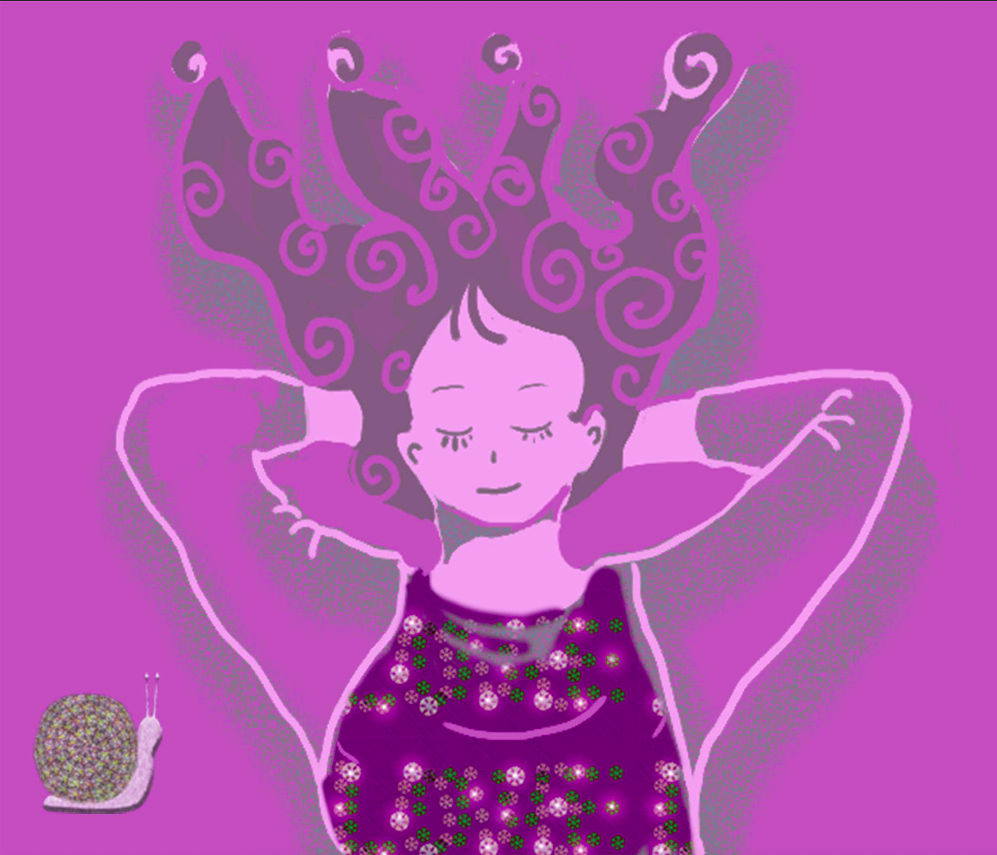
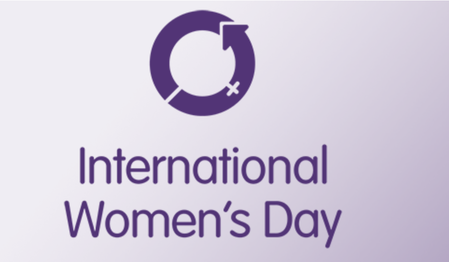
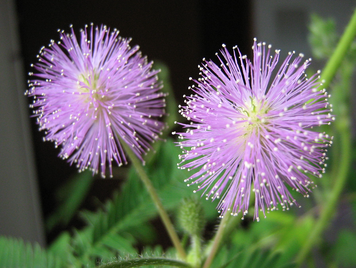
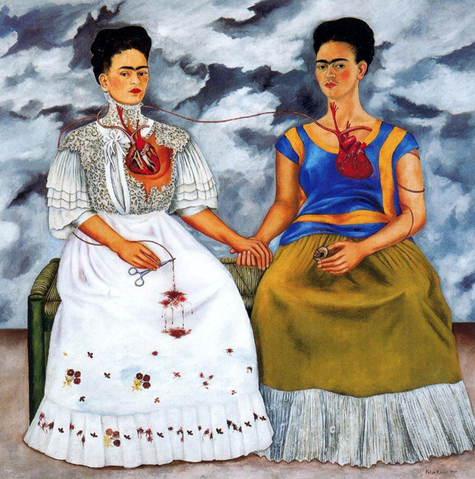
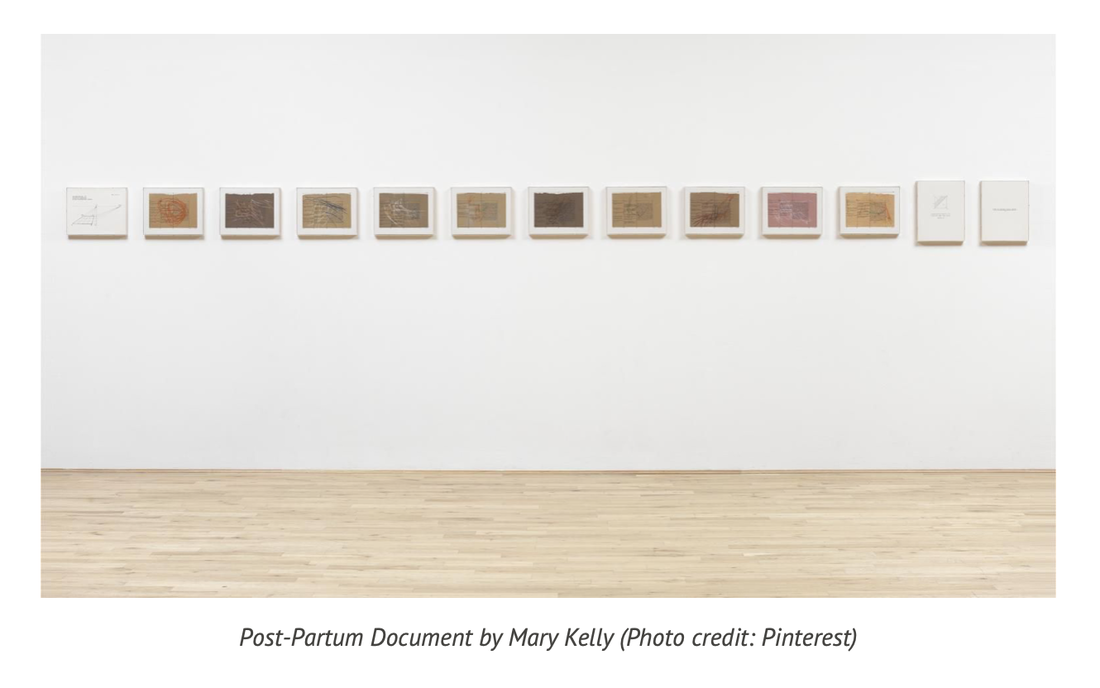
 RSS Feed
RSS Feed